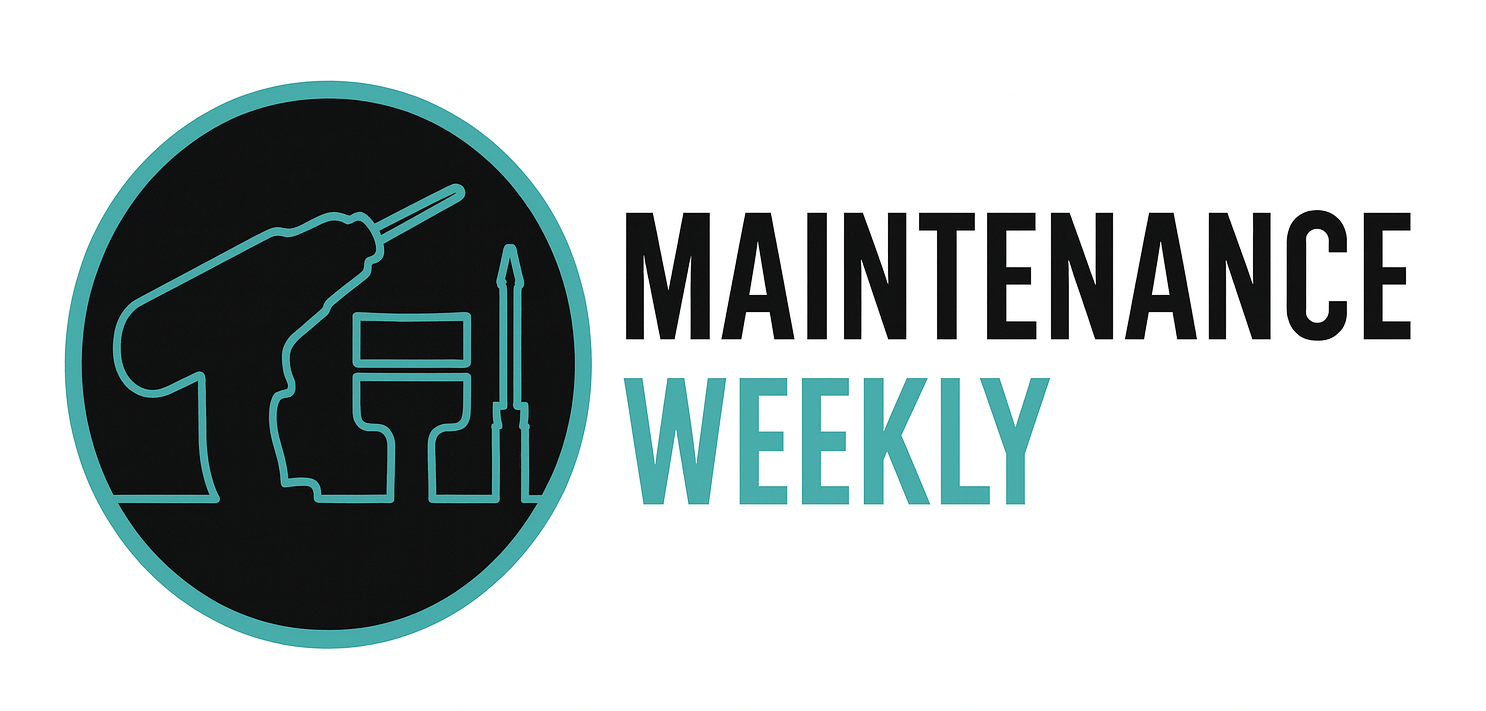Airframe and Powerplant (A&P) Mechanic – Career Overview
An Airframe and Powerplant (A&P) Mechanic is a highly skilled technician responsible for maintaining and repairing the critical components of an aircraft. This includes the airframe, which is the aircraft's structure, and the powerplant, which includes the engine and associated systems. A&P Mechanics play a key role in ensuring that all mechanical systems of an aircraft are functioning correctly and safely, allowing for smooth and efficient flight operations.
What the Job Involves
A&P Mechanics perform a variety of duties, including:
● Inspecting, repairing, and maintaining airframes (e.g., wings, fuselage, and landing gear) and powerplants (engines and associated systems).
● Troubleshooting mechanical issues and conducting tests to ensure aircraft systems are working as expected.
● Performing routine and emergency maintenance on aircraft components, including engines, control systems, electrical systems, and hydraulic systems.
● Replacing defective or worn-out parts such as engine components, fuselage sections, and other critical parts.
● Conducting pre-flight checks to ensure the aircraft is safe to operate and meets regulatory requirements.
● Documenting all maintenance work and repairs to ensure compliance with aviation regulations.
● Ensuring the airframe and engine meet safety standards, following manufacturer instructions and FAA regulations.
Skills and Qualities Needed
To succeed as an A&P Mechanic, one should have:
● Extensive mechanical and technical knowledge of aircraft structures and engine systems.
● Strong problem-solving skills for troubleshooting complex mechanical issues.
● Attention to detail to ensure all systems are functioning properly and that safety standards are met.
● Manual dexterity and mechanical aptitude for working with aircraft parts and tools.
● Knowledge of aviation regulations (e.g., FAA regulations) and safety standards.
● The ability to work under pressure and perform well in fast-paced environments.
● Good communication skills to report and document maintenance work and collaborate with other aviation professionals.
Education and Training
To become an Airframe and Powerplant (A&P) Mechanic:
● High school diploma or equivalent, with coursework in mathematics, physics, and mechanical principles.
● FAA-certified A&P program: Typically, an 18-24 month program at an FAA-approved aviation maintenance school is required.
● On-the-job training or apprenticeships are common to gain hands-on experience working with aircraft.
● FAA certification: After completing the necessary training, candidates must pass written, oral, and practical exams to obtain an A&P license.
● Continuing education is important to stay updated with evolving aviation technology and regulatory changes.
Working Environment
A&P Mechanics work in a variety of environments, including:
● Airports and airfields
● Aircraft maintenance facilities
● Aviation companies and private aircraft owners
The work environment may involve working in hangars or outdoors, sometimes in tight or confined spaces, and technicians may work in shifts or on-call for urgent repairs.
Career Outlook
The demand for skilled A&P Mechanics remains steady, particularly with the growing need for aircraft maintenance and repair services. As the aviation industry expands, the need for qualified professionals to ensure the safety and functionality of aircraft will continue to rise.
A&P Mechanics with experience can move into supervisory roles or specialize in areas such as avionics, powerplants, or airframe structures. Additionally, there are opportunities for advancement into roles like lead mechanic, maintenance manager, or technical instructor.
Source: CHATGPT
Source: ChatGPT
